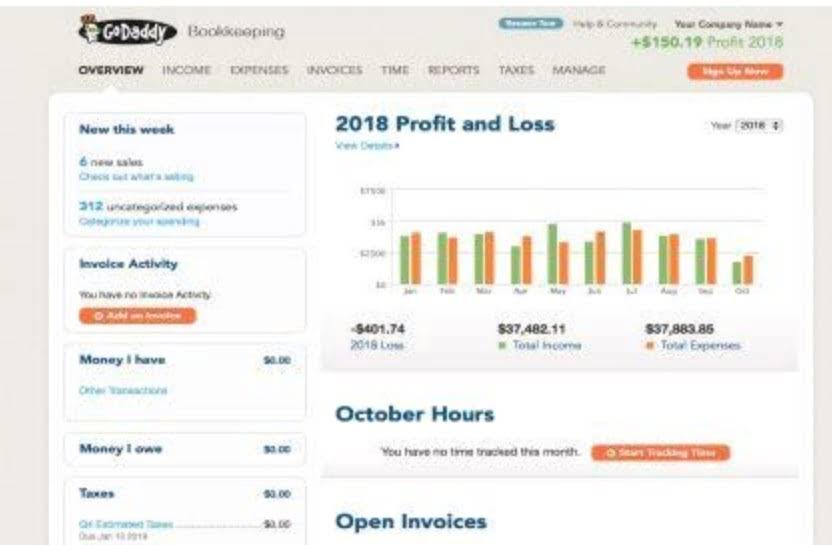
This analysis helps see the proportion of each item compared to the net profit, providing insights into where the money is coming from and where it is being spent. Today, I want to talk about vertical analysis, a method of financial statement analysis that I’ve found incredibly useful in my career. If you’re not familiar with it yet, don’t worry – I’m here to break it down for you in a way that’s easy to understand. This formula ensures that financial statements are standardized for meaningful comparisons across time periods and industries. To perform a proportional analysis, each asset, liability, and equity item is divided by the total assets, then multiplied by 100 to get a percentage.
What are the main components of financial statements analyzed using Vertical Analysis?

Vertical analysis can highlight significant changes in cash flow components over time, aiding in strategic decision-making. For instance, a noticeable increase in cash outflows for investing activities might indicate a company’s expansion efforts. Conversely, a high proportion of cash inflows from financing activities could suggest heavy reliance on external funding. Vertical analysis is exceptionally useful while charting a regression analysis or a ratio trend analysis. It enables the accountant to see relative changes in company accounts bookkeeping over a given period of time.
Table of Contents

This helps in assessing relative profitability, efficiency and competitiveness among other factors over time. Vertical analysis is a financial statement analysis method in which each line item is listed as a percentage of a base figure within the statement. By converting each line item into a percentage of total assets, vertical analysis simplifies the comparison of balance sheets across different periods or companies regardless of size. For instance, if cash constitutes 15% of total assets, this percentage can be directly compared to previous periods or competitors to evaluate liquidity trends. This proportional assessment aids stakeholders in identifying significant changes or anomalies in the financial position.
Components of Financial Statements
Additionally, in all sectors of the economy, vertical analysis may help you understand how the relative percentages relate to the numbers and to one another. The solution to this problem is to use percentages based on standard sizes, which also makes it simpler to compare different types of businesses. Let’s imagine that Company Y has a cost of vertical analysis products sold of $100,000 while having a gross sales amount of $700,000. The common size Fraction is also useful for comparing businesses that operate in the same industry but use different currencies or those that operate in a completely different industry.
If the cost of goods sold amount is $780,000 it will be presented as 78% ($780,000 divided by sales of $1,000,000). If interest expense is $50,000 it will be presented as 5% ($50,000 divided by $1,000,000). The restated amounts result in a common-size income statement, since it can be compared to the income statement of a competitor of any size or to the industry’s percentages. Vertical analysis provides insights into the composition of real estate cash flow your financial statements and their relationship with the base amount.
- Vertical Analysis can be complemented with tools like Horizontal Analysis, Ratio Analysis, and Trend Analysis to provide a more comprehensive understanding of a companys financial health and performance.
- Despite the various advantages, there are a few factors of vertical analysis accounting that prove to be a disadvantage.
- Factors such as inflation, market trends, and regulatory changes can significantly impact financial statements but are not considered in this method.
- Explore the insights gained from analyzing each line item vertically and gain a clear picture of your company’s financial performance.
- This format expresses each asset as a percentage of total assets, showing the relative composition.
- By focusing on proportions rather than absolute values, vertical analysis helps stakeholders identify trends and make comparisons across different periods or companies.
- Similarly, total liabilities and equity will be used as the base for analyzing financial obligations and ownership structure.
- But if you’ve ever tried to interpret a balance sheet quickly, you know how overwhelming all those numbers can be.
- While performing a vertical analysis, every line item on a financial statement is entered as a percentage of another item.
- Vertical percentage analysis provides a swift means of evaluating your past performance by comparing your current figures to those of the past.
- If you’re not already using vertical analysis in your financial analysis, I highly recommend giving it a try.
To use vertical analysis effectively, start by gathering the necessary financial statements. Once you have these statements in hand, you can begin calculating the percentages for each line item by dividing it by its corresponding total. This will give you an accurate representation of how much each item contributes to the overall picture.
- The gross profit margin is 60%, suggesting that the company retains 60% of its revenue after deducting the cost of goods sold.
- A leveraged buyout (LBO) is a transaction in which a company or business is acquired using a significant amount of borrowed money (leverage) to meet the cost of acquisition.
- Vertical analysis is a useful financial statement analysis technique that shows each line item on the income statement or balance sheet as a percentage of a base figure.
- This method is particularly useful for stakeholders who need to assess the efficiency and profitability of a business, as it highlights areas that may require attention or improvement.
- This technique has various applications and offers numerous benefits in understanding different aspects of a business or organization.
- In this scenario, revenue serves as the fundamental component, and the percentages will unveil the proportion of revenue generated by each specific item.

This shows that the amount of cash at the end of 2024 is 141% of the amount it was at the end of 2020. By doing the same analysis for each item on the balance sheet and income statement, one can see how each item has changed in relation to the other items. Common-size financial statements often incorporate comparative financial statements that include columns comparing each line item to a previously reported period. Vertical analysis, horizontal analysis and financial ratios are part of financial statement analysis. The base amount is often determined by aggregating the results of the financial statements for the same year.

For instance, if a most recent year amount was three times as large as the base year, the most recent year will be presented as 300. If the previous year’s amount was twice the amount of the base year, it will be presented as 200. Seeing the horizontal analysis of every item allows you to more easily see the trends. It will be easy to detect that over the years the cost of goods sold has been increasing at a faster pace than the company’s net sales. From the balance sheet’s horizontal analysis you may see that inventory and accounts payable have been growing as a percentage of total assets.